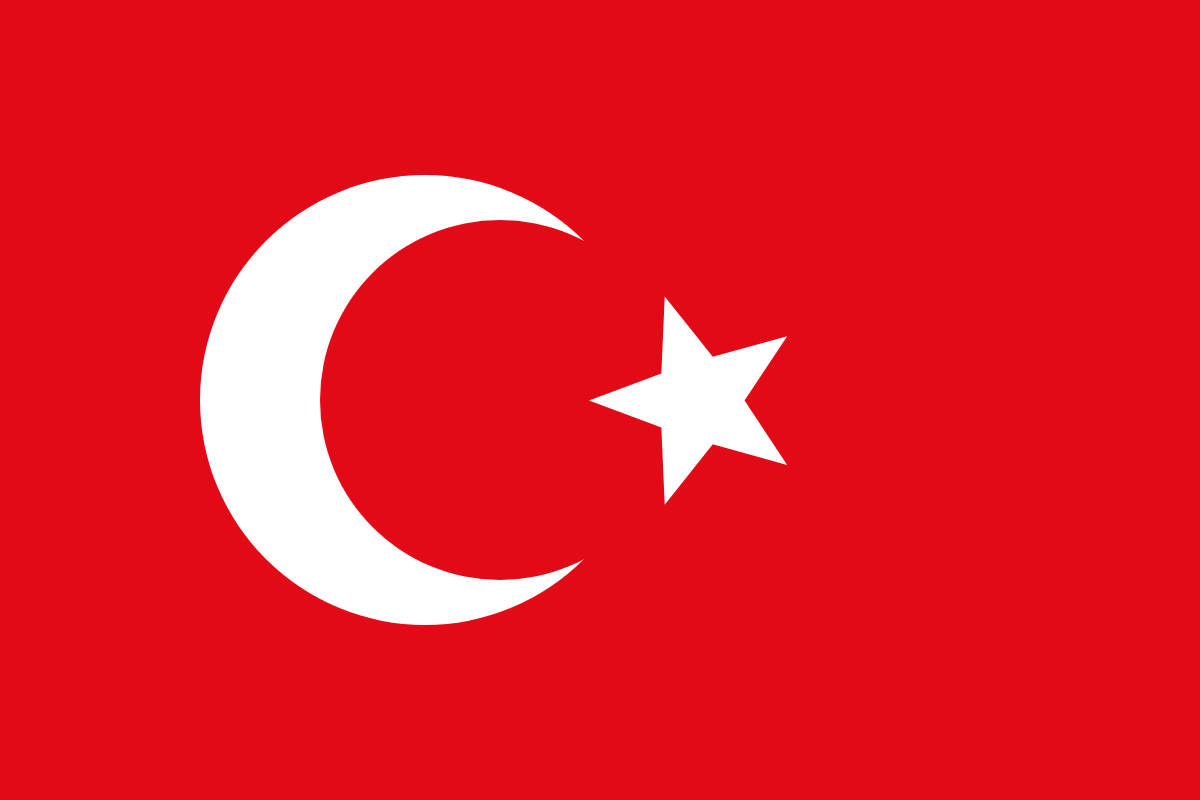🥐 The secret history of the croissant
The croissant; a buttery, flakey and delicious treat that is known and cherished the world over. But where does the croissant come from? Why is it shaped the way it is?
Reading Time: 5 minutes
The croissant; a buttery, flakey and delicious treat that is known and cherished the world over. But where does the croissant come from? Why is it shaped the way it is?

The history of the croissant is a story of the ages, with different countries, battles and royal figures defining what this delicious pastry is today!
It starts with the crusades:
Ever since 1095, when Pope Urban called on Christian kingdoms to "undertake an armed pilgrimage to Jerusalem", Christian and Muslim kingdoms fought for several centuries to spread their ideologies across the Mediterranean.
Many Crusaders got side-tracked by their greed and lust for power. This may explain why they slaughtered fellow Christians in Constantinople during the First Crusade
Initial successes led to 4 crusader states being established, including the Kingdom of Jerusalem which lasted for 200 years. It was eventually recaptured by Saladin the Great, but not before the Crusaders had pillaged and looted the area extensively.

The next four centuries would see a constant ebb and flow of conflict between Christian and Muslim states across different parts of the world. From Spain's Reconquista against the Moors to the slow and steady disintegration of the once-mighty Byzantine Empire to the Ottomans.
For most of the middle ages, it was the Christian kingdoms of Europe who had the advantage. Their superior armaments and organisation gave them a distinct edge over their Muslim counterparts, already reeling from the devastating Mongol invasions. The Europeans would meet their match with the Ottomans.
The rise of the Ottomans
From small tribal beginnings, the Ottomans had grown into a vast empire. Led by the brilliant, fearsome and cultured Suleiman the Great, the Ottomans consolidated their hold over the Middle East and began plotting a grand invasion of Europe. By the 14th Century, the Ottoman Empire stretched from the Persian Gulf to Algeria and included all of Anatolia, Egypt, Greece, and the Balkans - it was the great superpower of the age.

By 1560, Suleiman had his eyes set on the city of Vienna - a rich prosperous Christian stronghold that was strategically located at the intersection of key roads and supply chains that had to be conquered before progressing further into Europe.
He undertook a massive siege of Vienna for which he mobilised his vast imperial army but was unable to overcome Vienna's defences and was forced to call off the siege as winter approached. This failure tormented Suleiman and it was one of the few stains in an otherwise stellar military career.

A hundred years later, 1683:
Suleiman's successors, keenly aware of the logistical difficulties, made extensive preparations as they prepared to siege and conquer Vienna a second time. These included the construction of massive supply depots and the creation of fearsome cannons (the biggest in the world at the time) to bombard the Viennese into submission.
But things didn't quite work out as they had expected. By the time the Ottoman army reached the gates of Vienna, it had already been weakened considerably by disease and exhaustion. Only a third of the Ottoman army reached Vienna intact.
As a result, rather than risking his army on a full-frontal assault, the Ottomans opted to surround the city and besiege it. Sappers were instructed to tunnel underneath the walls and lay explosives under the foundations of the walls. These would then be triggered simultaneously, causing the walls to collapse and make it easier for the Ottomans to take the city.

While Vienna was under siege, the city’s government prioritised food production - starvation was the most common cause of surrender in sieges. Flour mills and bakeries worked around the clock to ensure that there was enough food to feed the inhabitants as well as the thousands of refugees who had flocked into the city seeking protection.
It was during one of these nights that a baker, who was working late into the night noticed strange sounds coming from the ground and raised the alarm. The Viennese, made aware of the tunnelling, blew up their own explosives and destroyed the tunnels.
This was a major setback to the Ottoman siege and it prompted mutiny in the Ottoman camp. The Ottomans were forced to abandon the siege and retreated back to Turkey. The Christian forces chased them down, destroying vast amounts of equipment and killing or capturing thousands of Ottomans soldiers. This marked a watershed moment in European history: the Ottomans would never again be able to threaten Europe.

To celebrate their victory against the Ottomans, bakers across Vienna took the symbol of the Ottomans (and Islam) - the crescent - and made moon-shaped bread to signify this victory. They called it the Kipferl.

The original Kipferl was a sweet pastry made with walnuts and almonds and included a dusting of sugar
"Let them eat (Austrian) cake"
The Kipferl's popularity was originally limited to Austria and Hungary. It was only with Marie Antoinette's marriage with King Louis XVI in the 18th century that the Kipferl was introduced to French society.
Marie Antoinette was famous for disliking French food and would often not eat the food at meals, preferring to eat food from her native Austria.
Marie Antoinette's popularity with the nobility was such that the French court always sought to emulate the latest fashions and habits that she brought in from the Schonbrunn Palace. As a result, not only was the Kipferl a very popular addition to French balls and banquets but boulangeries in Paris began to start making the Austrian sweet cake.
One can still visit the location of the first boulangerie in Paris to start baking the Kipferl. Located at 92 Rue de Richelieu in the 2nd Arrondissement, the site today houses an insurance agent.
The croissant began as the Austrian Kipferl but became French the moment people began to make it with puff pastry, which is a French invention. To accommodate changing tastes, bakers replaced the sugar from the original Kipferl recipe with butter, making it savoury. Its signature crunch and fluffiness are French gastronomical inventions.
Today the croissant is a well known baked good across the world with several countries making their own variations of the fluffy pastry. Portugal, Spain, Poland, Italy, all have their own versions of the croissant.
In fact, so powerful is the legacy of the croissant that it is one of the few food items that the British still refer to by the French term.
Next time you bite into a crunchy, airy croissant take a moment to remember the clash of civilisations that took place 400 years ago, marking the end of the Ottoman conquest of Europe and how dynastic politics introduced it into French society.
What did you think of this post? I’d love to hear your feedback and any comments you have. If there’s a topic, in particular, you want me to cover, let me know!




Would love to hear more about nomenclature as well, though in this case I suspect it’s nothing more interesting than the fact that croissant is the French word for crescent, the shape emulated by the Kipferl :)
Wonderfully informative